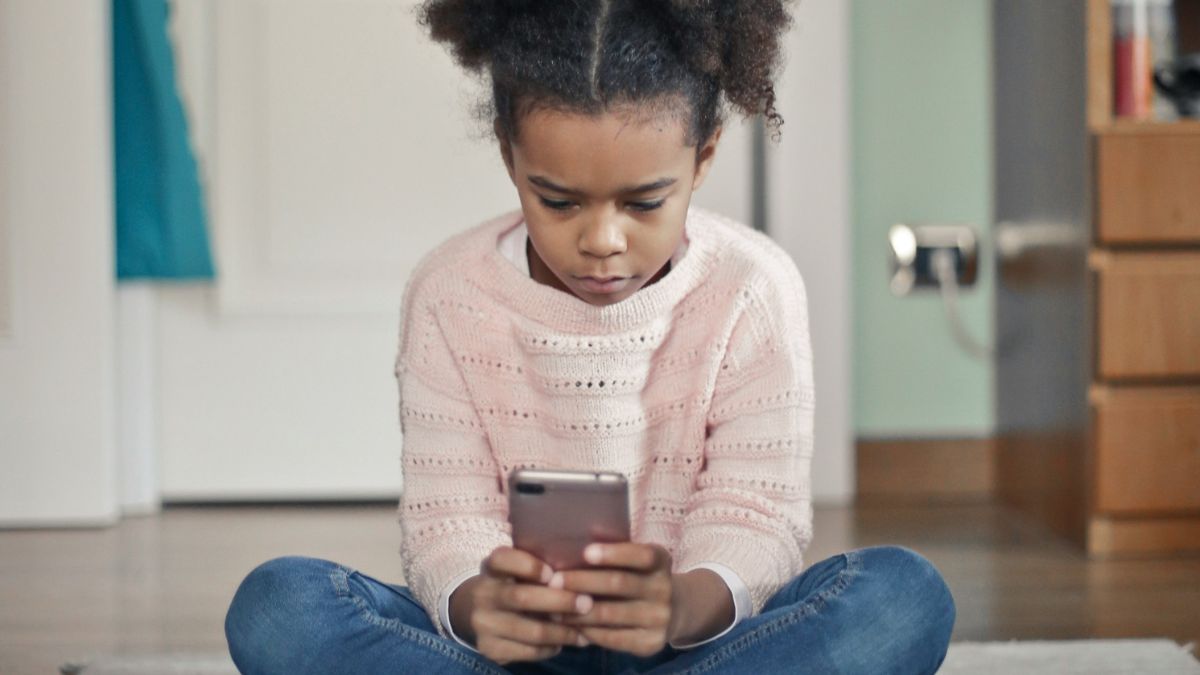

Screentime in Schools
States are helping families limit smartphones for kids.
07/31/24
John Stonestreet and Jared Hayden

More local and state governments, from both sides of the political aisle, are acknowledging the harmful effects of cellphones in schools and adopting policies to limit their use.
Last year, Florida passed a law to ban the use of cellphones in classrooms. In April, Governor Eric Holcomb of Indiana signed a bill to prohibit students from using cellphones except for learning purposes and in cases of emergencies. In June, the Los Angeles school board adopted a ban that will take effect at the beginning of next year. Some school districts have issued similar policies, and many others are at least having the debate.
These policies are long overdue. Smartphones are not only distracting, but they also affect brain development. According to one long-term study published in January 2023, adolescents who check their phones regularly for notifications experience change in “how their brains respond to the world around them.” Among other things, they tend to be hypersensitive to peers’ reactions and engage in compulsive social media activity.
In 2018, Jean Twenge noted that teens who spend more time behind screens are at a higher risk for depression. Since 2012, the year when most Americans became smartphone owners, teens’ mental health has been in decline. One study found that, after just seven minutes of scrolling on Instagram, young women showed decreased body satisfaction and negative emotional state.
To be clear, this is not just a matter of content. As Jonathan Haidt argued:
Content moderation is to some extent a red herring, a distraction from larger issues. Yes, it must be done and done better, but even if these platforms could someday remove 95% of harmful content, the platforms will still be harmful to kids.
Social media companies have long known about these harms, but they have failed to offer much help to minors or their parents. As mother of five and CEO of the National Center on Sexual Exploitation Dawn Hawkins noted, “The parental controls do not work. They’ve designed these platforms without parents in mind.” For example, 32 steps are required on Apple devices to set up parental controls.
The ubiquity of smartphones, social media, and the internet has created, in Haidt’s words, a collective action problem for our children. That’s a situation in which many people would benefit from a particular course of action, but if only one person or small group of people chooses that course of action, it will not be beneficial, but costly. The result? Without collective action, no individual is likely to take any action.
In recent years, groups of Christians, including families, have joined together to take the “Postman Pledge,” a year-long commitment to raise kids without phones and in community with one another. While good and creative, these grassroots efforts have limits—especially for those who can’t afford to homeschool their kids or send them to private schools that share their convictions.
The move by states to help parents protect their kids at school is helpful for just these families. To be sure, state regulation is never a replacement for good parenting or good community. Even in school districts where smartphones are restricted, parents must help their teens use social media and smartphones wisely, in ways that limit their harmful effects. Parents and concerned community members must come together to figure out what is best for these students.
What is clear is that these policies are providing a much needed aid for American families who would otherwise be powerless against the titans of big tech. Let’s hope more states follow suit.
This Breakpoint was co-authored by Jared Hayden. If you’re a fan of Breakpoint, leave a review on your favorite podcast app. For more resources to live like a Christian in this cultural moment, go to breakpoint.org.
Have a Follow-up Question?
Up
Next

Related Content

© Copyright 2020, All Rights Reserved.













